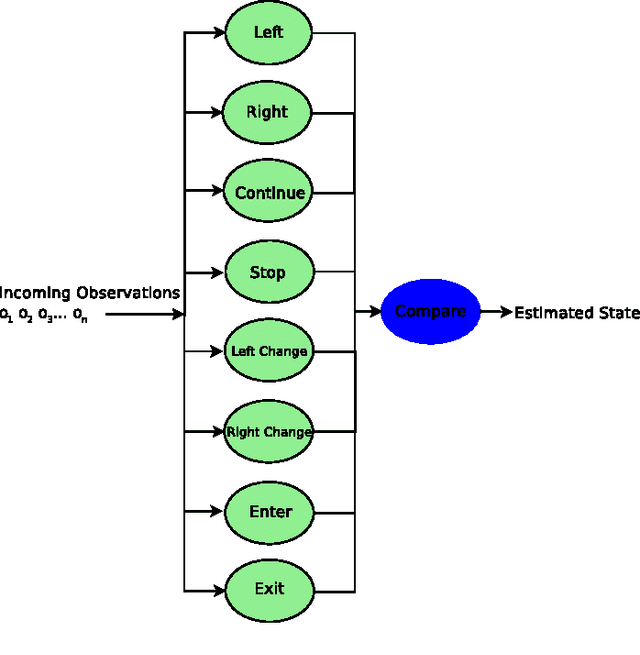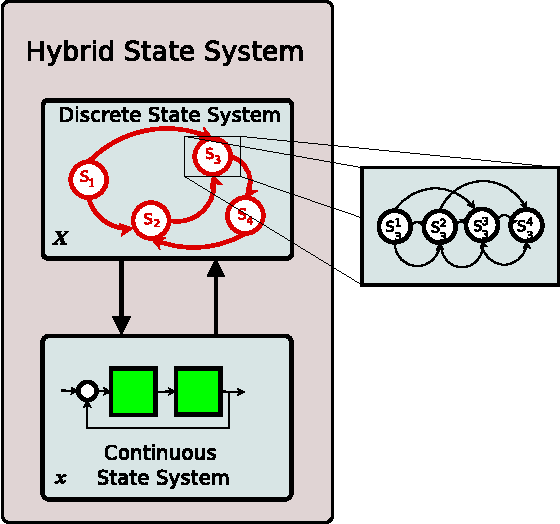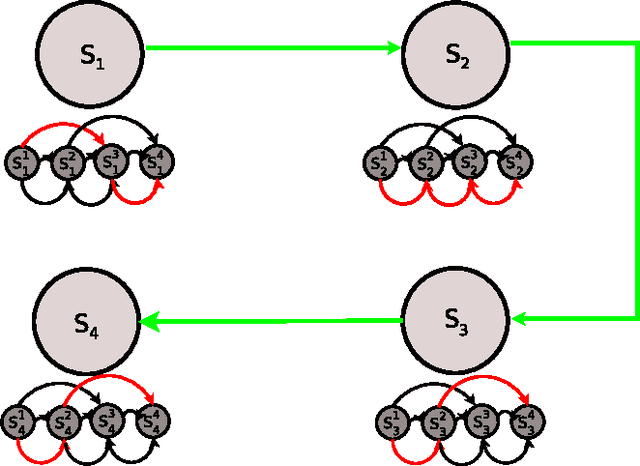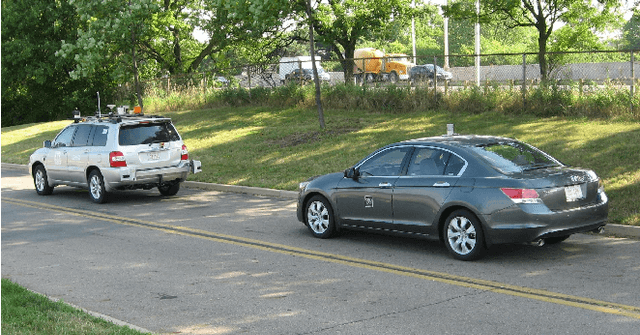A Framework for Estimating Long Term Driver Behavior
Paper and Code
Jul 11, 2016



The authors present a cyber-physical systems study on the estimation of driver behavior in autonomous vehicles and vehicle safety systems. Extending upon previous work, the approach described is suitable for the long term estimation and tracking of autonomous vehicle behavior. The proposed system makes use of a previously defined Hybrid State System and Hidden Markov Model (HSS+HMM) system which has provided good results for driver behavior estimation. The HSS+HMM system utilizes the hybrid characteristics of decision-behavior coupling of many systems such as the driver and the vehicle, uses Kalman Filter estimates of observable parameters to track the instantaneous continuous state, and estimates the most likely driver state. The HSS+HMM system is encompassed in a HSS structure and inter-system connectivity is determined by using Signal Processing and Pattern Recognition techniques. The proposed method is suitable for scenarios that involve unknown decisions of other individuals, such as lane changes or intersection precedence/access. The long term driver behavior estimation system involves an extended HSS+HMM structure that is capable of including external information in the estimation process. Through the grafting and pruning of metastates, the HSS+HMM system can be dynamically updated to best represent driver choices given external information. Three application examples are also provided to elucidate the theoretical system.
 Add to Chrome
Add to Chrome Add to Firefox
Add to Firefox Add to Edge
Add to Edge